Why the Cottagecore Trend Is Here to Stay
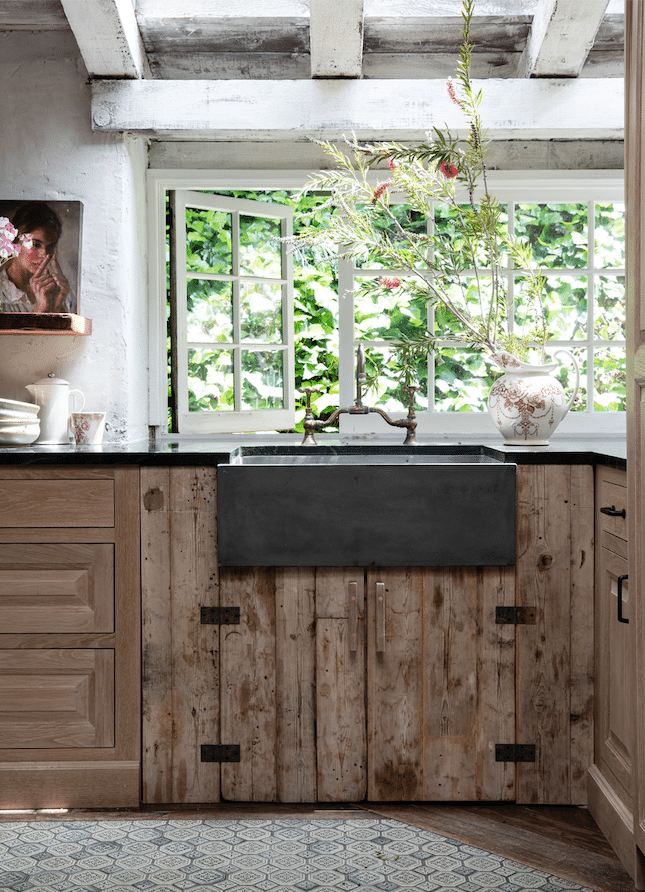
Sink: NativeStone Farmhouse 3018
Cottagecore came by its name a few years ago—first springing to life on Instagram, TikTok, and Tumblr. But though the internet is the birthplace of this whimsical storybook aesthetic, cottagecore is offline by nature – its vacation notification is ON for the foreseeable future.
More than an interior design style, it’s a lifestyle, even a movement, extending to what can be worn, eaten, and read, to which hobbies are pursued and what music is listened to. (Taylor Swift’s dreamy “Folklore” album is credited with contributing to cottagecore’s popularity.) But it was the global pandemic that really brought it home. When lockdowns slowed the pace of life down to a crawl, the trend burst into the mainstream. People around the world looked to escape to simpler pursuits like baking bread, planting backyard gardens, and packing picnic lunches. Cottagecore helped them meet the craving for cozy-comfort during a tumultuous time—not unlike hygge, the cozy Danish lifestyle movement a few years earlier.
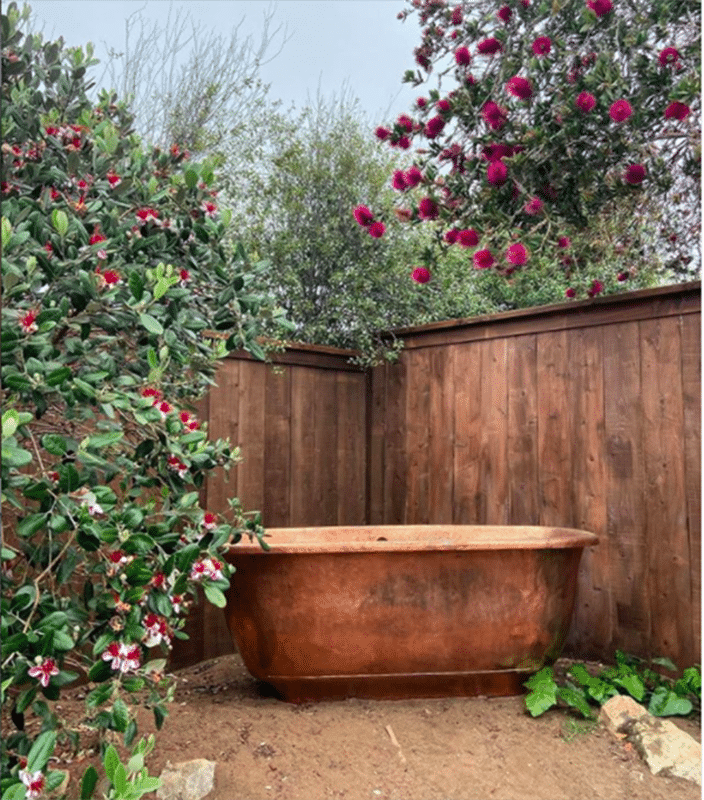
Bathtub: Santorini
“After nearly a decade of interior design dominated by whitewashed walls, monstera plants and bland midcentury reproduction furniture, perhaps the yen for minimalism is finally waning and a desire for something wilder and more pastoral is beginning to take root,” reported the New York Times in an article exploring cottagecore.
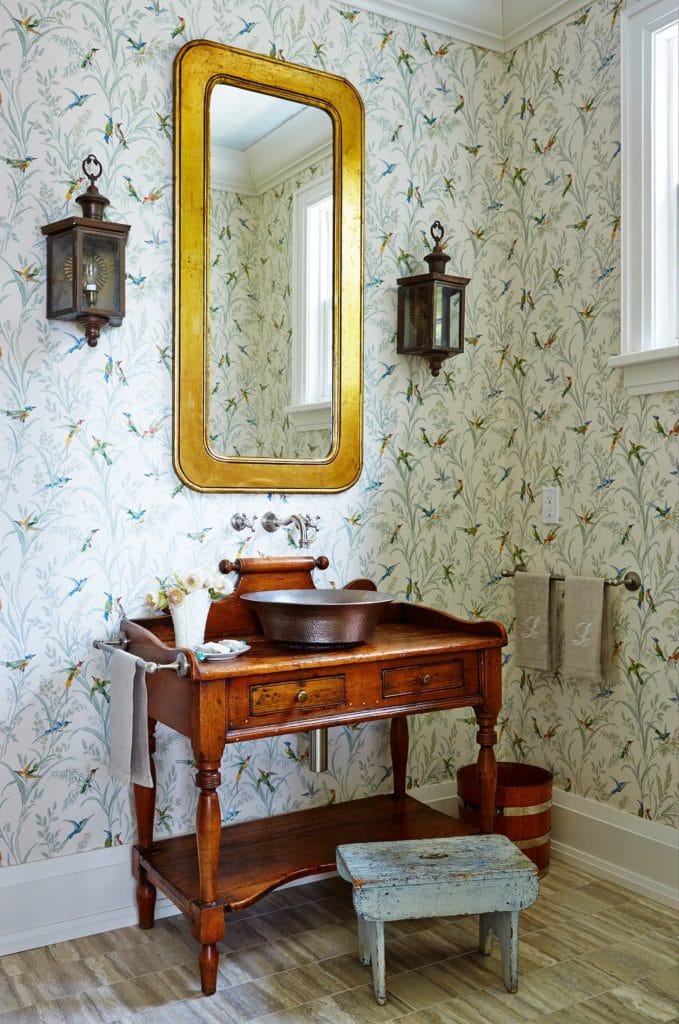
Sink: Native Trails Maestro Bajo
Cottagecore brings the outdoors in every chance it gets. It’s nostalgic, historic, and romantic—reminiscent of Rachel Ashwell’s shabby chic style and its chalk-painted surfaces, sun-dried linens, and chintz. But cottagecore references the rustic nature of the modern farmhouse trend, too.
What separates the farmhouse from the cottage in this instance? It’s that the farmhouse style has now been applied to many a sprawling estate, while cottagecore is more likely to be the aesthetic of choice for tiny homes and yes, cottages with modest footprints and unruly gardens.
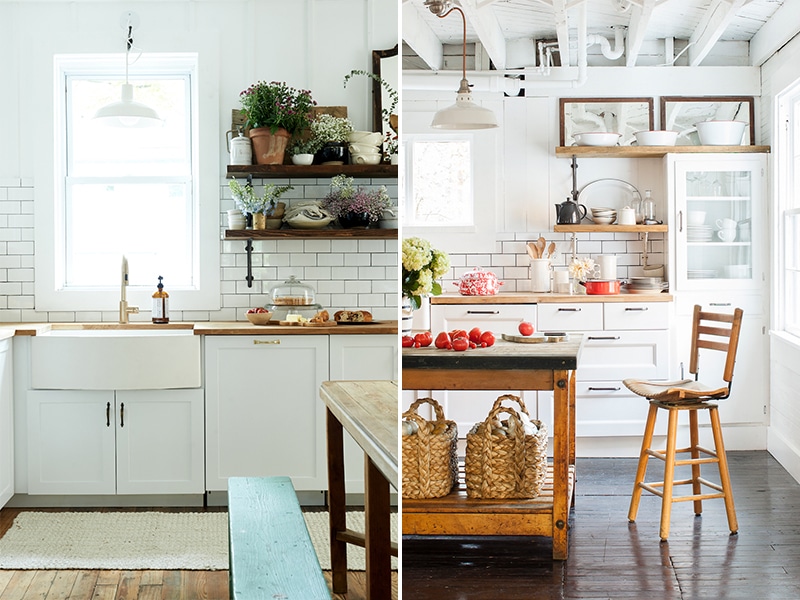
Sink (left): NativeStone Farmhouse Quartet
“For me, cottagecore is about coziness at home,” says Molly Hatch, founder of an eponymous tableware and home goods company. “Key aesthetic components are bringing natural elements indoors as decorative elements—dried flowers, fresh flowers, houseplants—along with a natural color palette with neutrals and warm tones.”
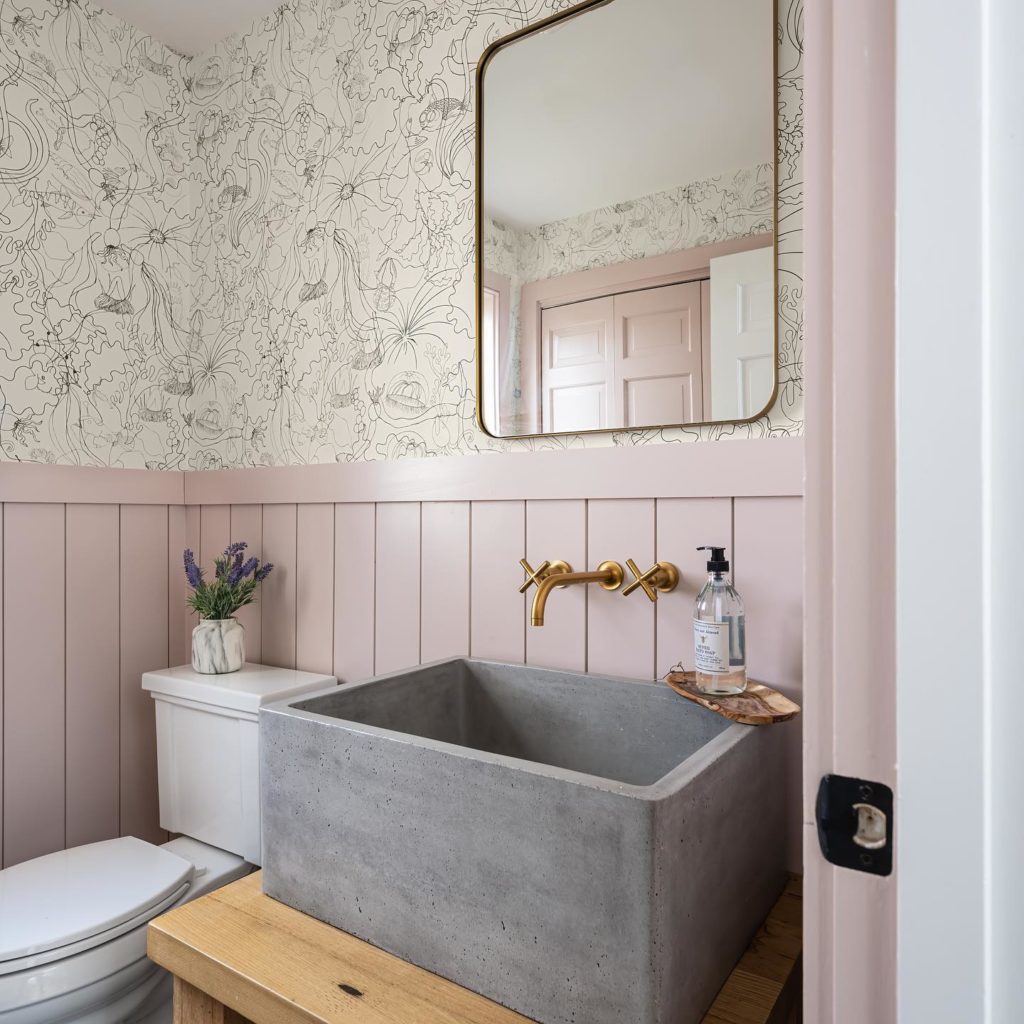
Sink: NativeStone Farmhouse 2418
Cottagecore isn’t without its naysayers. Of course, there are those for whom the aesthetic isn’t their (vintage) cup of tea. But cottagecore has also been criticized for not being inclusive of people of color—or worse, for romanticizing the era when Blacks were enslaved.
Noemie Sérieux, founder of Instagram account @cottagecoreblackfolks, sees things differently. In a post on her account honoring Black History Month, she wrote, “Cottagecore often conjures images of rolling fields, meadows, fresh bread, small homes, and floral dresses… in a European landscape, with European individuals and European aesthetics. For some people it’s almost impossible to separate the image of Cottagecore from whiteness. So impossible that the sight of Black people engaging in this aesthetic can be jarring for many. …But I believe that by reclaiming these eras and reimagining them in a more romantic light we aim not to erase the horrors of the past but to paint a more complete picture.”
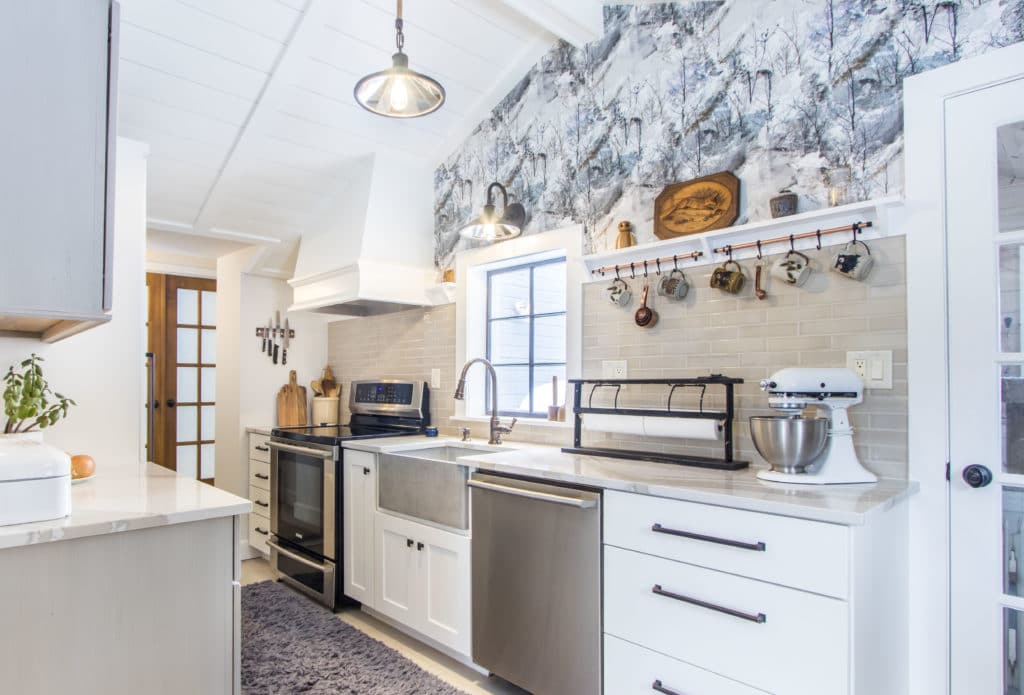
Photos: @elisabethgordon2020
Sink: NativeStone Farmhouse 2418
Where will cottagecore go next?
Like all trends, we can expect its continued evolution. Already, offshoots are emerging—both maximalist and minimalist versions. Davina Ogilvie, founder of Wovn Home, told Architectural Digest she can see cottagecore coexisting with more contemporary styles and playing well with “the clean lines and neutral tones of minimalist décor.” On the other end of the spectrum, Mississippi Maximalism founder Jennifer Burt is curating her own version of the cottagecore aesthetic, which she describes as “an elevated European look but with a southern traditional sensibility with a dash of humor and soul thrown in.”
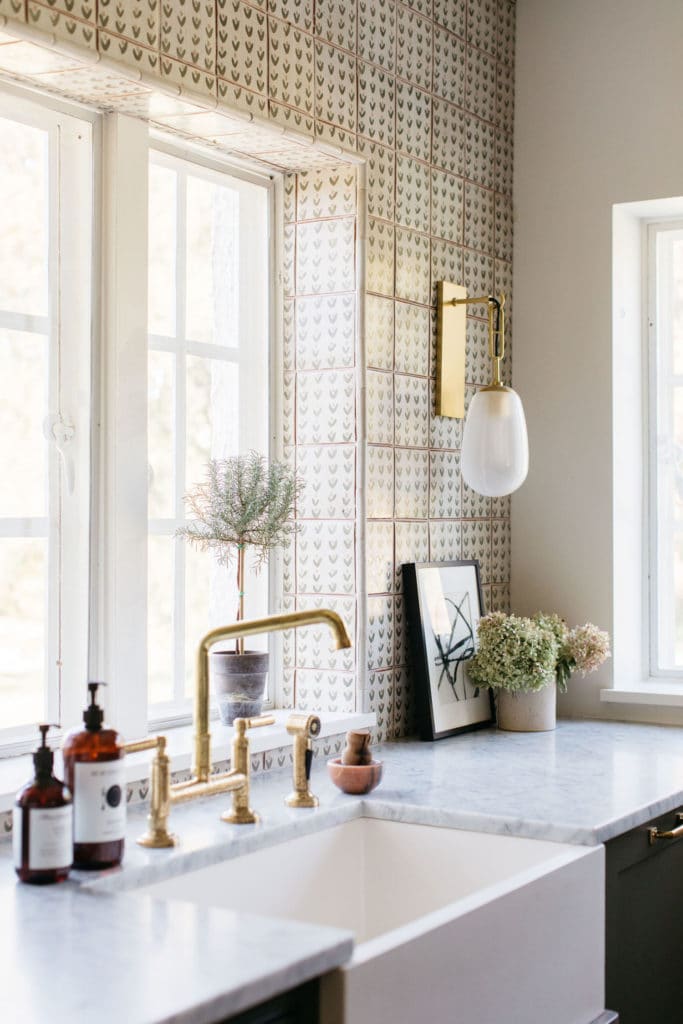
Sink: NativeStone Farmhouse 2418
However consumers and designers interpret the style, Gen Z is expected to be the cohort that will drive cottagecore forward. Says Burt, “They care more about the story behind brands, clothing, and home accessories, so used and vintage finds from Grandma’s house are extremely appealing.” This fondness for all things antique, repurposed and handmade also ensures cottagecore is among the more eco-friendly design trends. In fact, some say the aesthetic is a direct response to capitalism, prizing a self-sustaining way of life and celebrating imperfections.
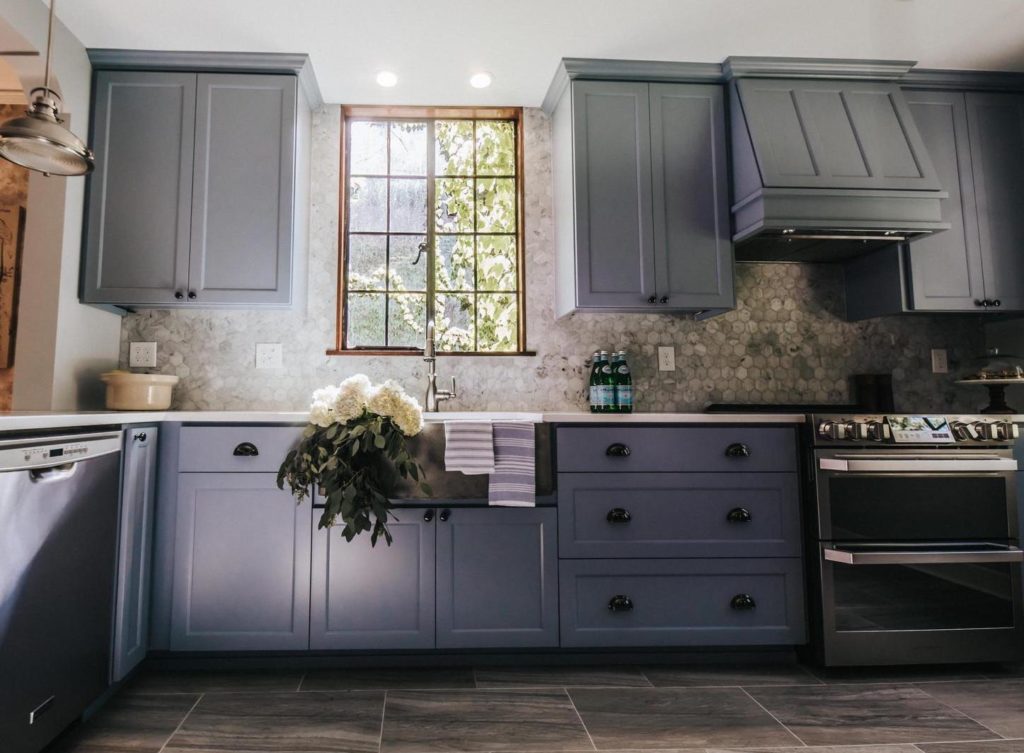
Sink: Sink: NativeStone Farmhouse 3018
As designer Leanne Ford says, “[Cottagecore is] the dream, the downstairs in Downton Abbey. It’s Anne of Green Gables, and it’s always in style.”
